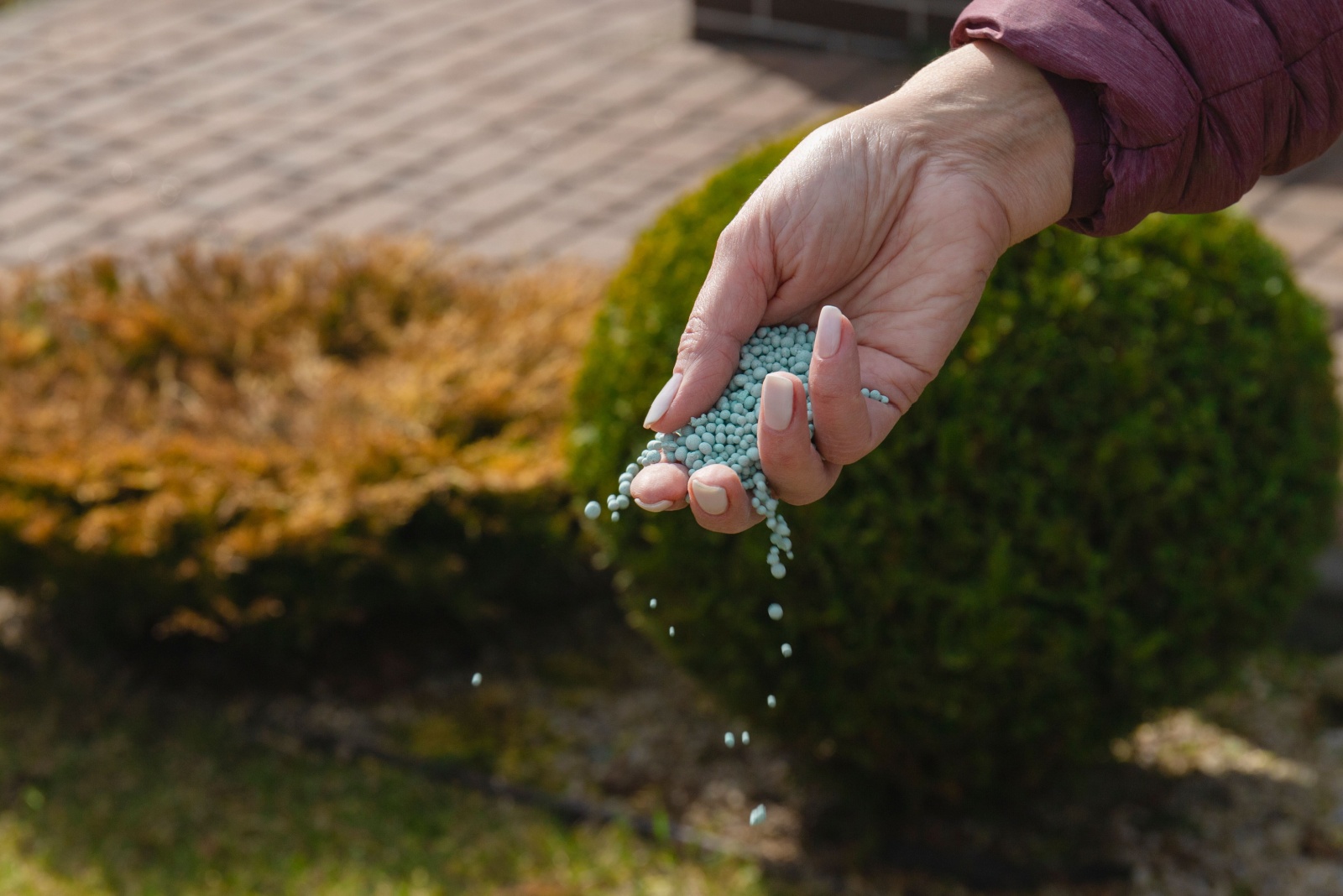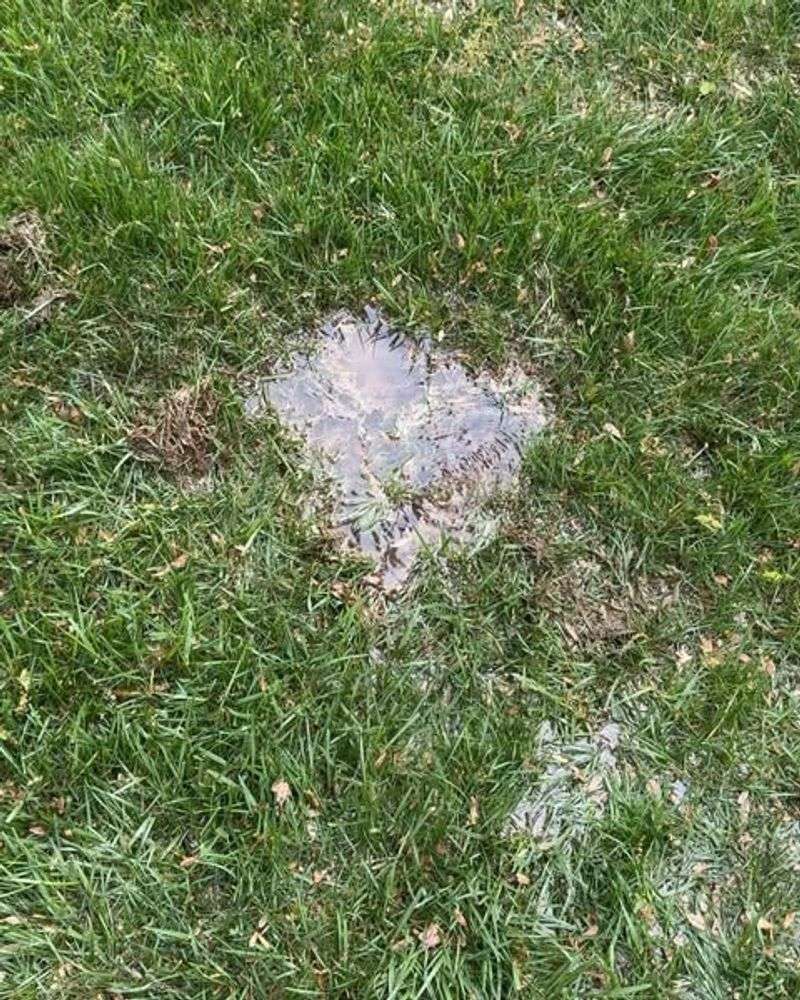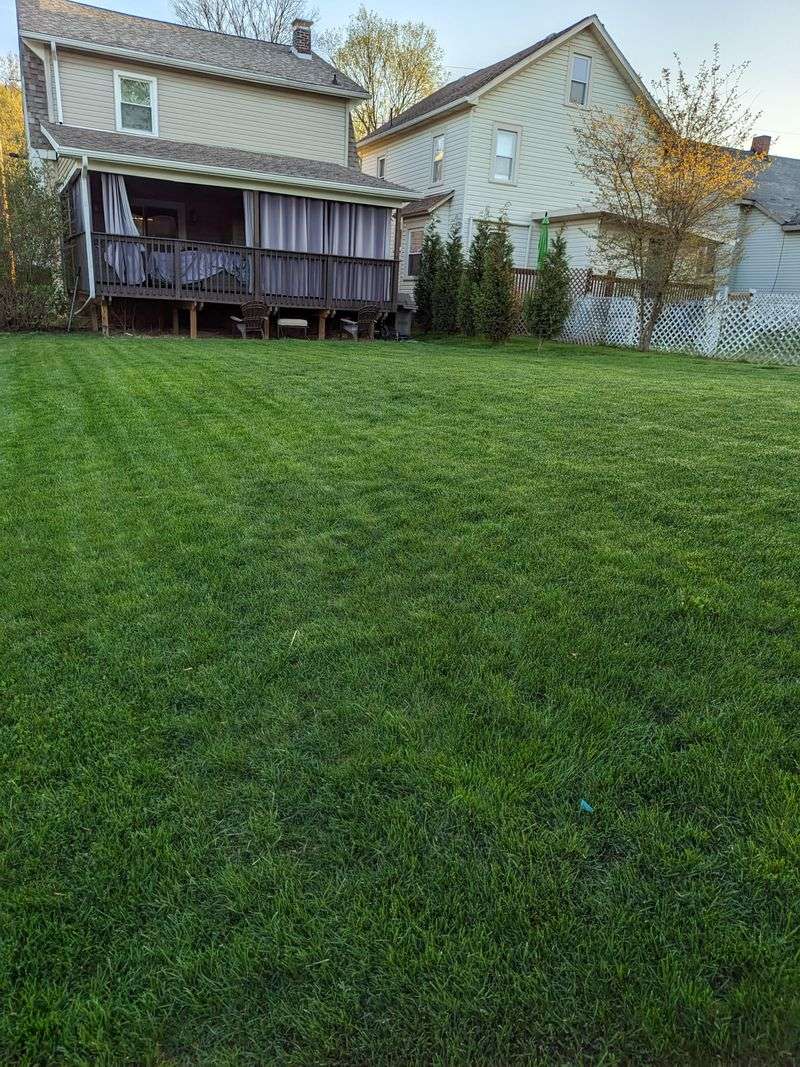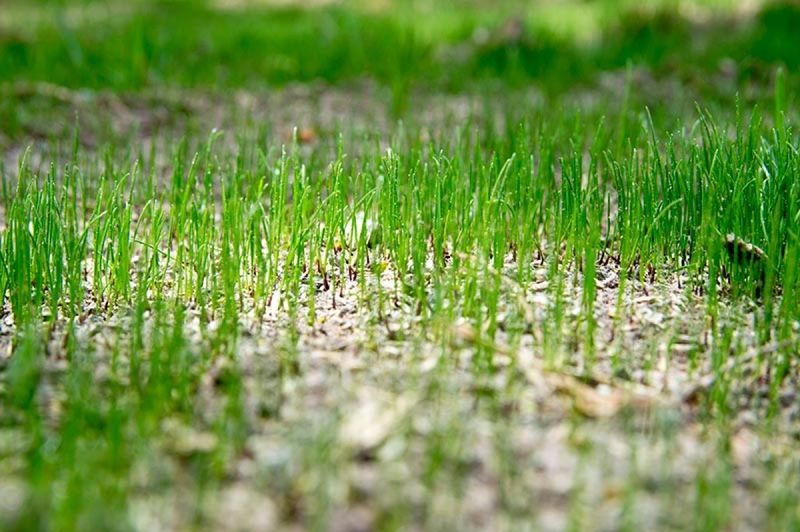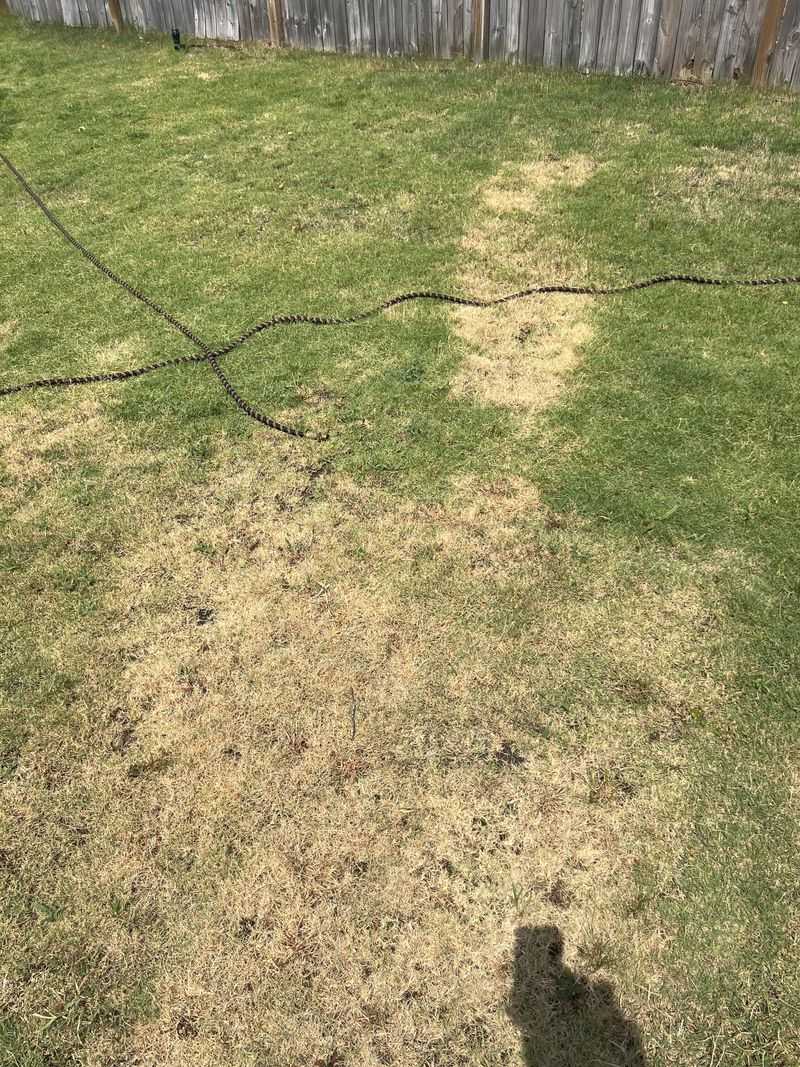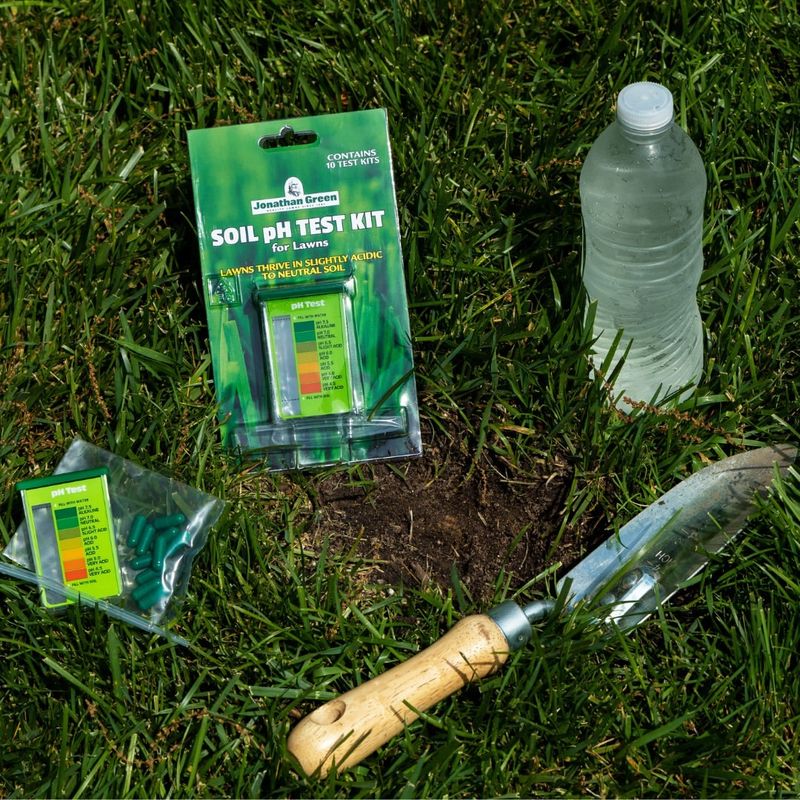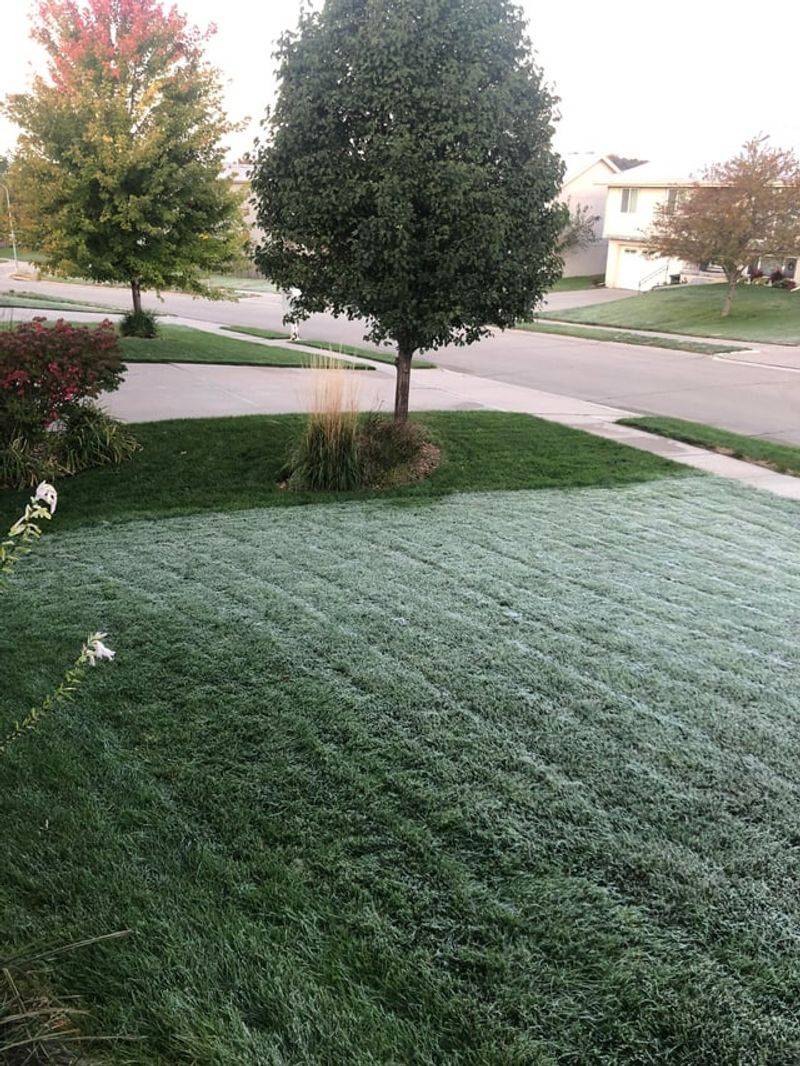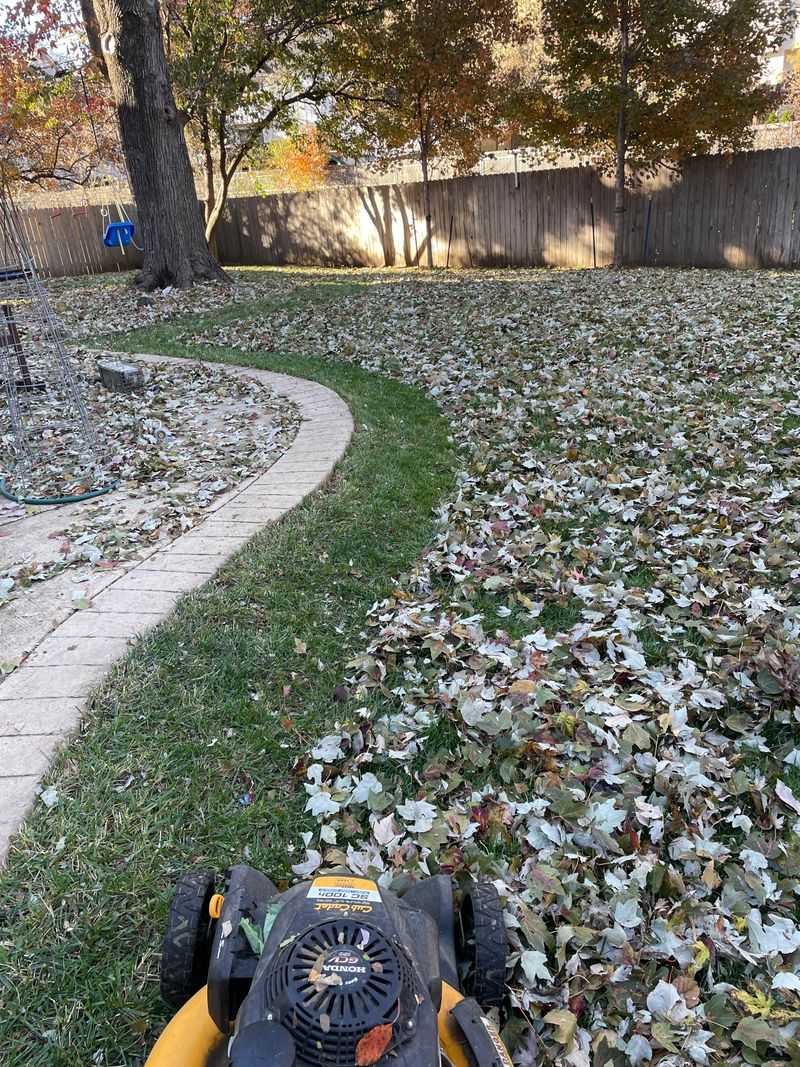As the leaves start to fall and temperatures drop across Pennsylvania, many homeowners rush to give their lawns one last feeding before winter arrives. Unfortunately, timing and technique can make the difference between a healthy spring lawn and a damaged, patchy mess.
Understanding the common mistakes people make during late fall fertilizing can save you time, money, and a lot of frustration come springtime.
1. Applying Fertilizer Too Late In The Season
Waiting until the ground is nearly frozen creates serious problems for your lawn. Grass roots need time to absorb nutrients before they go completely dormant for winter.
In Pennsylvania, the ideal window closes around mid-November, depending on your specific region. After that point, the grass simply cannot process the fertilizer effectively.
The unused nutrients then sit on the surface, potentially washing away with rain or snow melt and causing environmental harm. Plan your final feeding for early to mid-November at the latest.
2. Using High-Nitrogen Summer Formulas
Summer fertilizers pack a nitrogen punch designed to promote rapid green growth during warm months. Applying these formulas in late fall sends the wrong signal to your grass.
Pennsylvania lawns preparing for winter need a different nutrient balance, typically higher in potassium and lower in nitrogen. The excessive nitrogen encourages tender new growth that cannot survive freezing temperatures.
This soft growth becomes vulnerable to disease and frost damage. Always check your fertilizer bag and choose a winterizer formula specifically designed for fall application in your area.
3. Fertilizing When Grass Is Still Actively Growing
Many Pennsylvania homeowners make their final fertilizer application while the grass is still vigorously growing in early October. This timing pushes continued growth when the lawn should be transitioning to dormancy.
The grass expends energy producing new blades instead of strengthening roots and storing carbohydrates for winter survival. Your lawn becomes stressed and weakened rather than fortified.
Wait until growth has noticeably slowed and you are mowing less frequently. The grass should look ready to settle down for the season before you apply that final feeding.
4. Over-Applying Fertilizer For Quick Results
Thinking more fertilizer equals better results is a costly mistake that damages many Pennsylvania lawns each fall. Excessive application causes fertilizer burn, leaving ugly brown streaks and dead patches.
The concentrated salts in fertilizer literally dehydrate grass blades and roots when applied too heavily. Late fall makes this worse because cooler weather and reduced watering mean the fertilizer stays concentrated longer.
Always follow the application rates printed on your fertilizer bag. Using a calibrated spreader helps ensure even, appropriate coverage. Remember, you cannot reverse fertilizer burn once it happens.
5. Skipping Soil Testing Before Application
Blindly applying fertilizer without knowing what your soil actually needs wastes money and potentially harms your lawn. Pennsylvania soils vary significantly across regions, with different pH levels and nutrient deficiencies.
Your lawn might already have adequate nitrogen but be lacking phosphorus or potassium. Adding more of what you already have creates imbalances that stress grass plants.
A simple soil test from your local extension office costs around twenty dollars and provides specific recommendations. Test every two to three years to make informed decisions about what your lawn truly requires for optimal health.
6. Fertilizing Frozen Or Snow-Covered Ground
Some Pennsylvania homeowners try to squeeze in fertilizer application after the first snow or when the ground has frozen solid. This approach accomplishes absolutely nothing positive.
Frozen soil prevents root absorption, meaning every granule you spread simply sits on top waiting to wash away. When spring thaw arrives, that fertilizer runs off into storm drains, streams, and waterways.
You have wasted your money and contributed to water pollution. If you missed the proper window, skip the application entirely and wait until spring. Your lawn and local environment will both benefit from your patience.
7. Ignoring Weather Forecasts Before Spreading
Spreading fertilizer right before a heavy rainstorm seems efficient, but it actually creates major problems for Pennsylvania lawns and waterways. Intense rainfall washes away fertilizer before grass roots can absorb it.
The nutrients end up in storm sewers, creeks, and eventually the Chesapeake Bay watershed. You have paid for fertilizer that never benefited your lawn while contributing to algae blooms downstream.
Check the forecast and apply fertilizer when you expect calm, dry weather for at least twenty-four to forty-eight hours afterward. Light watering is fine, but avoid heavy rain predictions entirely.

